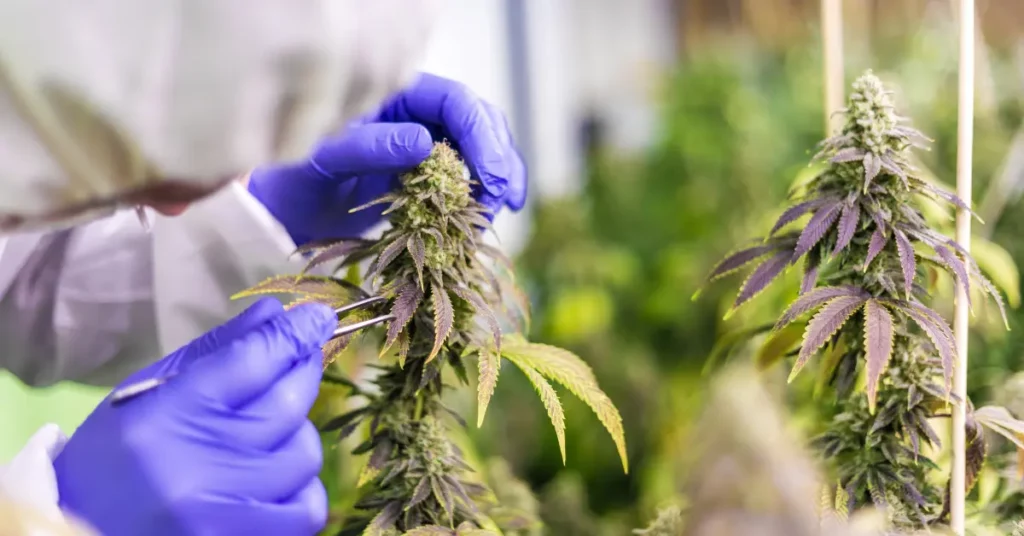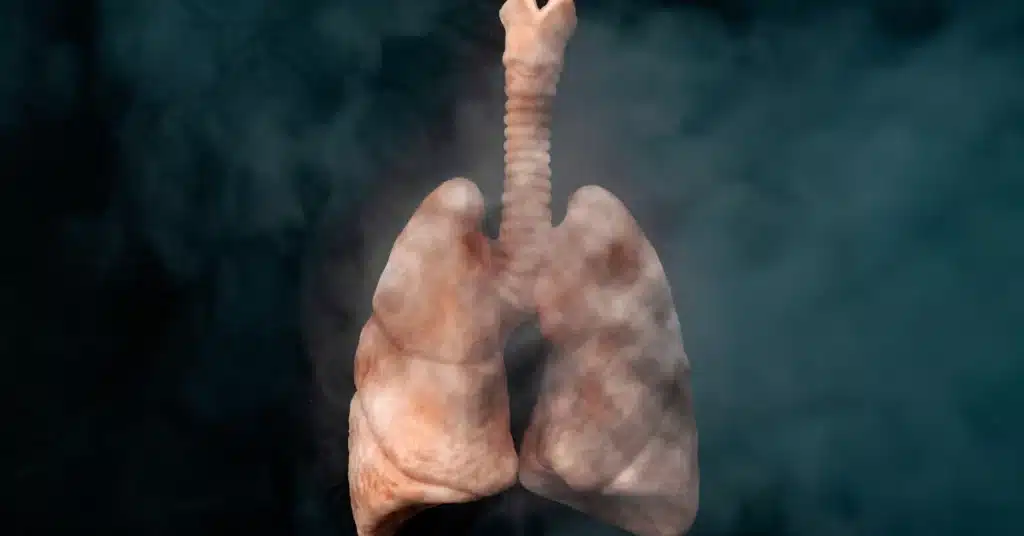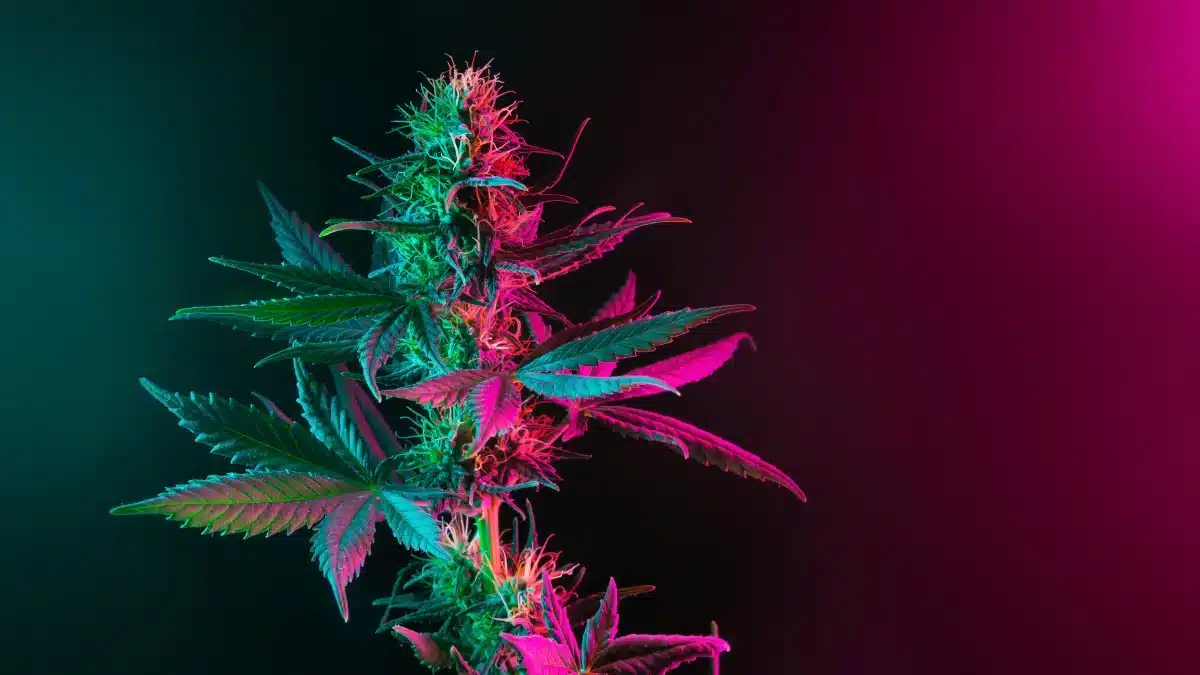Marijuana for Glaucoma: Assessing the Viability
When it comes to alternative medicine, the use of marijuana for various health conditions, especially Glaucoma, has sparked significant interest and debate.
Glaucoma can cause gradual vision loss and even blindness if left untreated.
This article is dedicated to exploring the potential role of marijuana as a treatment option for this condition.
We will aim to understand the potential link between marijuana and Glaucoma.
Additionally, we shall discuss the scientific evidence and the considerations one should keep in mind when considering marijuana for Glaucoma management.
Link between marijuana and Glaucoma
One of the primary reasons marijuana is being explored as a potential treatment for Glaucoma is its effect on Intraocular Pressure (IOP).
Elevated IOP is a major risk factor for the progression of Glaucoma.
A 2018 study has shown that THC can temporarily lower IOP when administered in various forms, including smoking, oral ingestion, and topical application.
The same study, however, suggested that CBD can increase intraocular pressure and interfere with the effects of CBD.
These compounds interact with the endocannabinoid system in our bodies, which plays an essential part in the regulation of various physiological processes.
This includes pain sensation, inflammation, and intraocular pressure – a key factor in Glaucoma.
The exact mechanisms by which these marijuana compounds reduce IOP are not fully understood, but there are several theories.
One theory suggests that THC interacts with receptors in the eye’s ciliary body, which produces aqueous humor (the fluid that maintains IOP).
By modulating the production and drainage of aqueous humor, marijuana may help to decrease IOP, providing relief for individuals with Glaucoma.
Clinical evidence regarding marijuana for Glaucoma

Research on the use of marijuana for Glaucoma dates back to the 1970s when studies first indicated its potential to lower IOP.
However, while these early studies showed promising results, they also raised several concerns.
Firstly, the duration of marijuana’s IOP-lowering effects is relatively short-lived, typically lasting only about 3-4 hours.
This means that for effective Glaucoma management, individuals would need to use marijuana frequently throughout the day.
Such usage could lead to potential side effects, including psychoactive effects and addiction.
Secondly, the method of administration plays a crucial role in determining the effectiveness of marijuana for Glaucoma.
Smoking marijuana can lead to respiratory issues, and some individuals may not be comfortable with this mode of consumption.
Oral ingestion can be more controlled but may have delayed onset and less predictable effects.
Furthermore, marijuana’s potential to lower IOP varies from person to person.
Some individuals experience a significant reduction, while others may not respond as well.
This variability makes it challenging to establish a standardized treatment protocol for Glaucoma.
Limitations and challenges
While marijuana may hold promise as a Glaucoma treatment, it is essential to consider the limitations and challenges associated with its use.
Psychological and psychoactive effects
The psychoactive effects of THC can be problematic, particularly for individuals who need to be attentive throughout the day.
It can impair cognitive function, affect judgment, and lead to addiction in some cases.
Individual variability
Marijuana’s effectiveness in lowering IOP varies among individuals.
Some may experience significant relief, while others may not respond as well.
This lack of consistency makes it difficult to predict outcomes.
Respiratory issues

Smoking marijuana can cause respiratory issues such as chronic bronchitis, coughing, and lung irritation.
The inhalation of harmful chemicals and tar during marijuana combustion can damage the airways and increase the risk of lung infections, presenting health concerns for long-term users.
Legal and regulatory issues
The legal status of marijuana varies from one location to another, and its use for medical purposes is often tightly regulated.
Patients may face legal challenges when seeking marijuana as a treatment option.
Also read: The FDA’s recent release of documents officially confirms the rescheduling of marijuana. Learn more in this insightful article on FDA’s Scientific Review Backs Reclassification of Marijuana as Lower-Risk Drug
Short duration of action
As mentioned earlier, the IOP-lowering effects of marijuana are relatively short-lived.
This necessitates frequent use, which may not be practical for everyone, especially considering potential side effects.
Read Understanding the Glaucoma Treatment Options to learn about effective treatment options for Glaucoma.
Conclusion
While there is evidence to suggest that marijuana compounds can temporarily lower intraocular pressure, there are significant limitations and challenges associated with its use as a Glaucoma treatment.
Using marijuana for Glaucoma is not a suggested treatment practice.
However, individuals considering this management plan should do so under the guidance of a knowledgeable healthcare professional.
It is crucial to weigh the potential benefits against the risks, including short-lived IOP reduction, psychoactive effects, legal considerations, and respiratory issues.
Further research and clinical trials are needed to understand the long-term impact and safety profile of marijuana for Glaucoma.
Until then, it remains a complex and evolving area of study in the field of alternative medicine.
Frequently Asked Questions
Is marijuana good for Glaucoma patients?
Marijuana’s efficacy for Glaucoma is debated. Studies have shown that marijuana can lower intraocular pressure (IOP), a risk factor for Glaucoma. But the effects are short-lived, requiring frequent use. Potential side effects and legality issues make it a less preferred treatment.
What cannabinoid helps Glaucoma?
Tetrahydrocannabinol (THC) is the primary cannabinoid believed to help lower intraocular pressure in Glaucoma. However, its psychoactive effects and short duration of action make it less ideal for sustained Glaucoma management.
Is marijuana used to treat Glaucoma?
Marijuana has been explored for Glaucoma due to its ability to reduce intraocular pressure temporarily. However, its practicality and side effects, such as short duration of effect and respiratory issues, limit its use as a primary Glaucoma treatment.
WowRx uses only high-quality sources while writing our articles. Please read our content information policy to know more about how we keep our content reliable and trustworthy.






